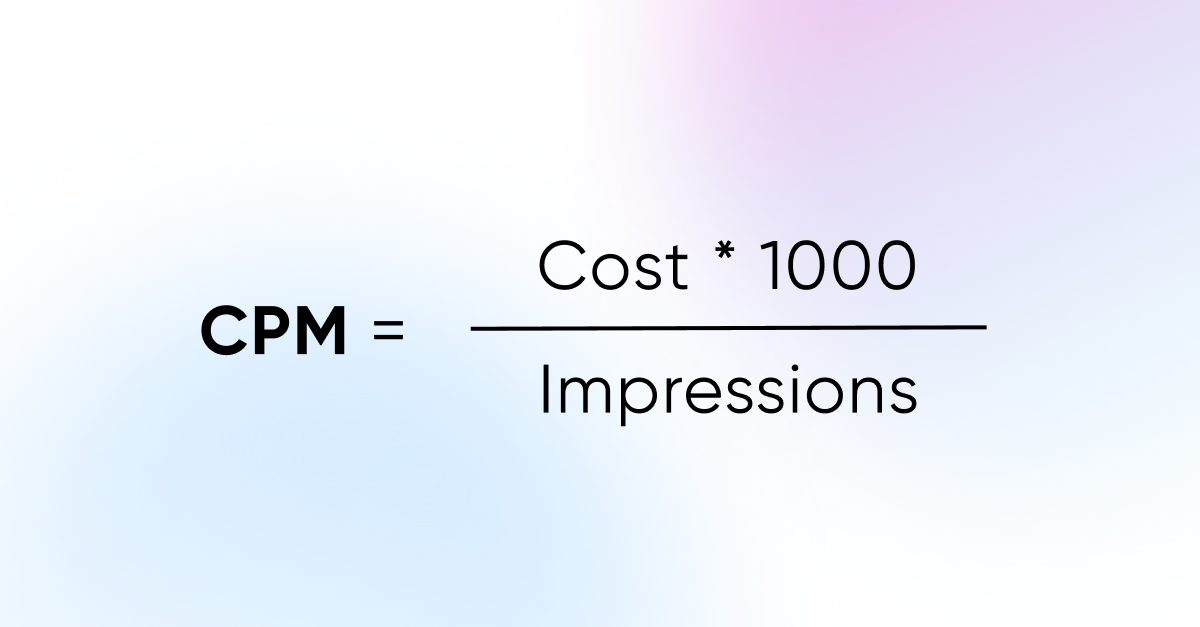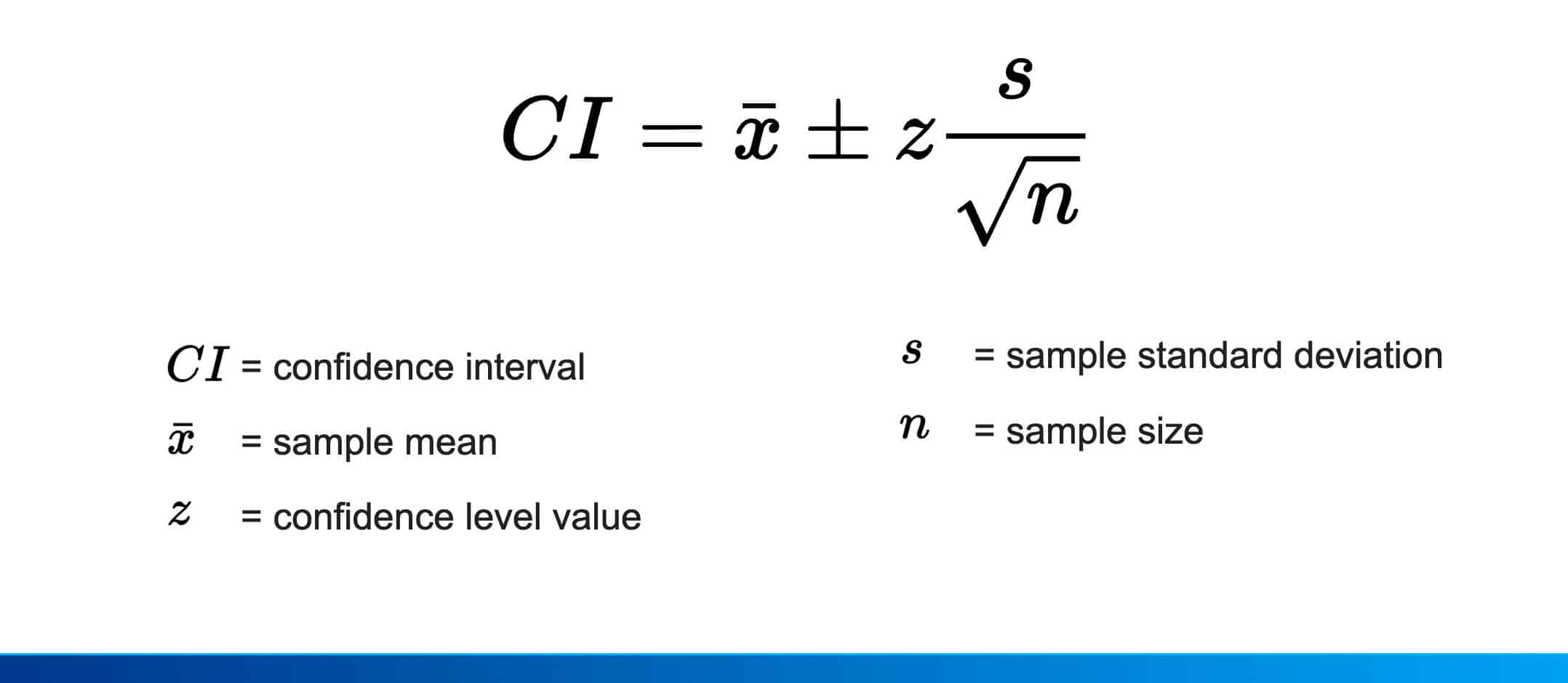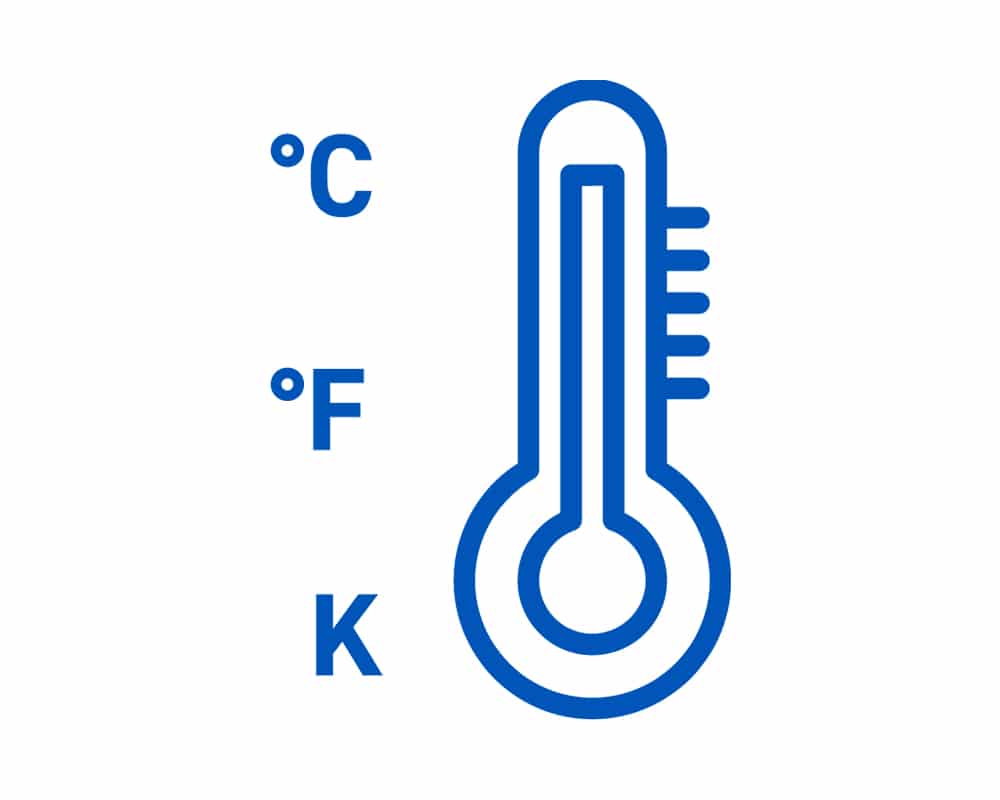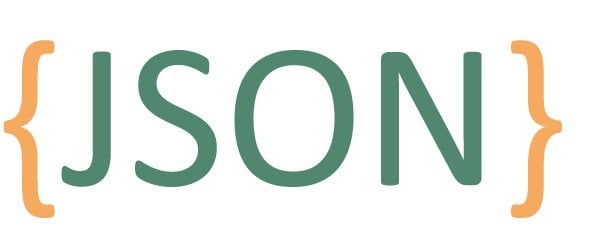The Impact of 3D Printing on Manufacturing
3D printing, also known as additive manufacturing, has revolutionized the manufacturing industry. Let’s explore its impact and how it’s reshaping the way we create and produce goods.

The Rise of 3D Printing
-
Customization and Complexity:
- Traditional manufacturing methods often involve molds, dies, and tooling. With 3D printing, intricate designs and customized products are feasible without expensive setup costs.
- Complex geometries, such as lattice structures or organic shapes, can be easily fabricated.
-
Reduced Waste and Material Efficiency:
- 3D printing adds material layer by layer, minimizing waste compared to subtractive methods (like CNC machining).
- It allows for optimized material distribution, reducing weight while maintaining strength.
-
Prototyping and Rapid Iteration:
- Engineers and designers can quickly create prototypes for testing and validation.
- Iterative design cycles are faster, leading to better final products.
Real-World Applications
Aerospace and Automotive Industries
- Lightweight Components: 3D-printed parts reduce weight in aircraft and cars, improving fuel efficiency.
- Complex Engine Components: Turbine blades, fuel nozzles, and exhaust components benefit from 3D printing.
Healthcare and Biomedical Fields
- Custom Implants and Prosthetics: 3D printing enables patient-specific implants and prosthetic limbs.
- Bioprinting: Researchers are exploring 3D-printed tissues and organs for transplantation.
Architecture and Construction
- Prototyping and Scale Models: Architects use 3D printing for detailed models and visualizations.
- Structural Components: Some buildings incorporate 3D-printed concrete elements.
Consumer Goods and Fashion
- Jewelry and Accessories: Custom jewelry and intricate designs are possible with 3D printing.
- Footwear: Brands experiment with 3D-printed shoe soles and midsoles.
Challenges and Considerations
- Material Limitations: While 3D printing offers a wide range of materials (plastics, metals, ceramics), some properties (like heat resistance) may not match traditional materials.
- Speed: 3D printing can be slow, especially for large-scale production.
- Quality Control: Ensuring consistent quality across printed parts is essential.
Future Prospects
- Mass Production: Advances in speed and scalability will make 3D printing more viable for mass production.
- Sustainable Manufacturing: Reduced waste and localized production contribute to sustainability.
In conclusion, 3D printing is reshaping manufacturing by enabling customization, reducing waste, and accelerating innovation. As technology evolves, we’ll witness even more exciting applications and possibilities. 🖨️🌟
!3D Printing






